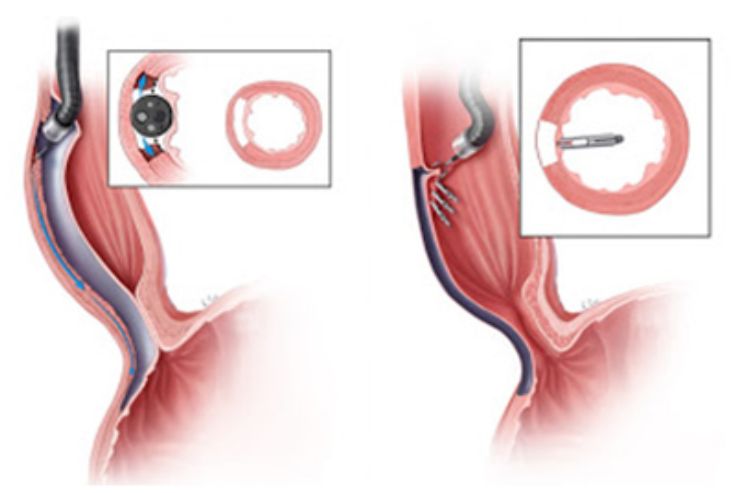
Third space endoscopy, also known as submucosal endoscopy, is an innovative technique that allows gastroenterologists to access and visualize deeper layers of the gastrointestinal tract beyond the mucosal surface. This procedure is particularly valuable for evaluating and treating complex GI conditions that involve lesions or abnormalities located within the submucosal layer.
Indications for Third Space Endoscopy
At Sandozi Health, third space endoscopy may be recommended for various indications, including:
Procedure Overview
Before the third space endoscopy procedure:
During the third space endoscopy: